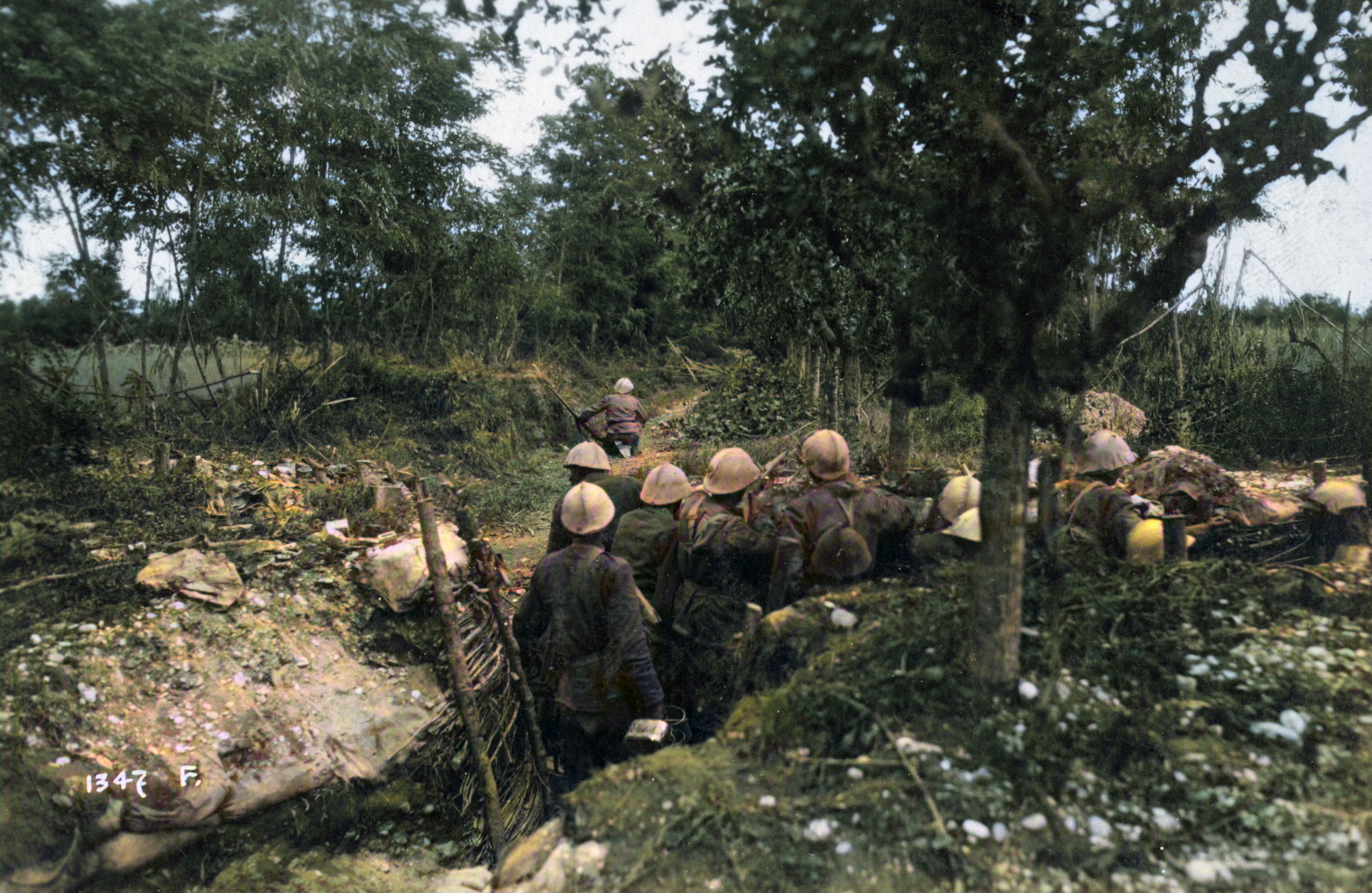Luigi Cadorna
“Don’t fall back, die!”
Luigi Giovani Antonio Carlo Guiseppe Cadorna served as Chief of Staff to the Royal Italian Army (Regio Esercito) in the early stages of his country’s involvement in the Great War. Remembered by history as a contender for worst general of all time, Cadorna’s legacy is predicated on the terribly costly battles along the Iszonzo Front, which won nothing but high casualty lists for the Italians.
General Cadorna inspects assembled Alpini
Born in 1850, Luigi was the son of General Raffaele Cadorna, an officer serving in the Piedmontese Army in the Italian Unification Wars. Entering a military academy at the age of 10, he was commissioned a second lieutenant in the artillery corps in 1868. Two years later he would serve under his father during the capture of Rome and concurrent destruction of the Papal States in 1870, completing the unification of Italy under the House of Savoy.
Luigi would become a general himself before the turn of the century, and was offered a position as Chief of Staff in 1908, but turned it down, citing political differences. He would not participate in the brief Italo-Turkish War of 1911-1912, remaining behind in Italy during the conflict. He would later be offered the Chief of Staff position again as war loomed in the summer of 1914, which he this time accepted.
Assembled Italian troops
Cadorna took command of thy Royal Italian Army on July 27, 1914, the day before the Great War began. He commanded a sizable army of 875,000, but suffered from a shortage of modern weapons and equipment. Despite this, Cadorna remained confident in his army and his ability to command it. A strict disciplinarian, he was not particularly popular with his men, as his harsh punishments and willingness to use firing squads were detrimental to morale, as Cadorna pushed more for fear of officers rather than espirit de corps.
For the first year of the Great War, Italy remained neutral, as despite their treaty obligations to Germany and Austria as a member of the Triple Alliance, they claimed that as the Austrians were the aggressors the treaty had been rendered void. Cadorna regardless made plans to enter the war on the side of the Alliance. Despite this, the political movements were in a different direction entirely, and in May of 1915 Italy entered the war on the side of the Entente, with Cadorna’s army being ordered to invade the southern Austrian frontier.
Cadorna with his staff on the Iszonzo Front
Cadorna launched offensives immediately, following a similar doctrine to that used by his French counterpart George Joffre of constant attack. The results were no better than on the Western Front: As the year ended there had been four Battles of the Iszonzo, with no result other than a quarter million casualties for the Itaians. This would lead to the Italian Prime Minister’s cabinet attempting to remove Cadorna from command, but these ended with failure as the King supported Cadorna.
As 1916 wore on, the sixth Battle of the Iszonzo finally gave fruit, with the capture of the town of Gorizia, although subsequently the German intervention on behalf of their Austrian allies brought a halt to the advance. This failure Cadorna blamed not himself, or even the abilities of his enemies, but instead on the supposed cowardice and treasonous attitudes of his own men. The result was a harsh crack down in the ranks, with executions being common. This even led to accusations of a revival of the ancient Roman practice of decamatio, although historians contest this.
Italian troops at Caporetto
With the arrival of German troops on the front in 1917 disaster was impending for Cadorna, and it came on October 24, when a massive offensive was launched against the Italian positions at the town of Caporetto. The Italian lines, with almost no defense in depth, crumpled, and on the first day a twelve mile advance had been made by the Austro-German forces. The Italians were routed, and the army as a whole looked like it might collapse, leading to demands from both the Italian government as well as the British and French leadership to remove Cadorna as Chief of Staff, resulting in the appointment of General Armando Diaz to the post.
Cadorna conferring with French General Joffre
After being relieved of command in November of 1917, Cadorna was appointed as Italy’s representative to the Allied Supreme War Council, a position he would hold until the Armistice a year later. After the war a tribunal was convened that issued a damning report blaming Cadorna for the Caporetto debacle, all while the now retired General was penning his own memoirs, still fervently blaming his men for the events of his tenure. He would go on to serve as a Senator until his death.
In 1924 he was declared a Marshal of Italy by the newly installed Fascist dictator Benito Mussolini, who also worked to rehabilitate the General’s legacy as a hero of the new Fascist state, despite Cadorna’s antipathy to the new regime. He died on December 21, 1928 at a hotel in Bordighera, and was buried in a masoleum in his hometown of Pallanza. His reputation as one of the worst generals among many who performed badly in the Great War, although the actions of his son, also an Italian General, in the Second World War won back some of the honor of the family name.






